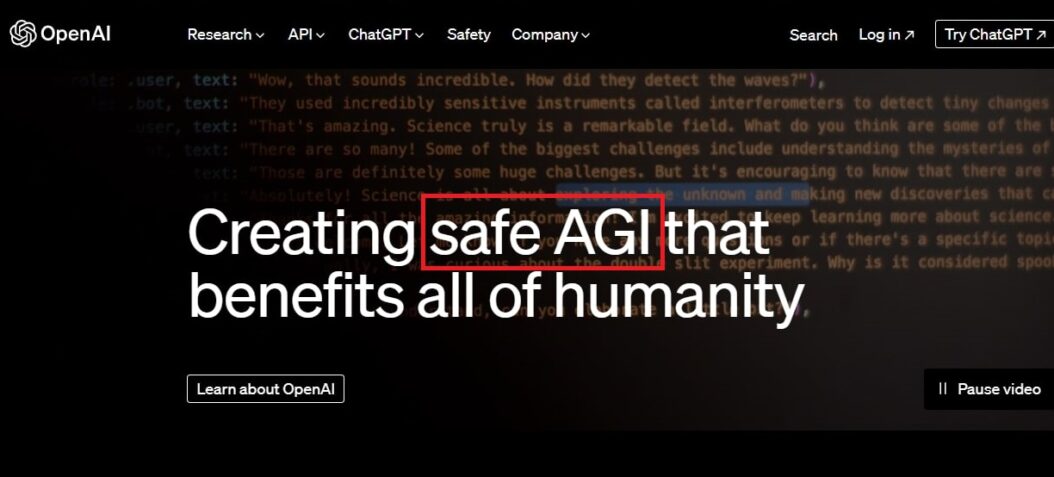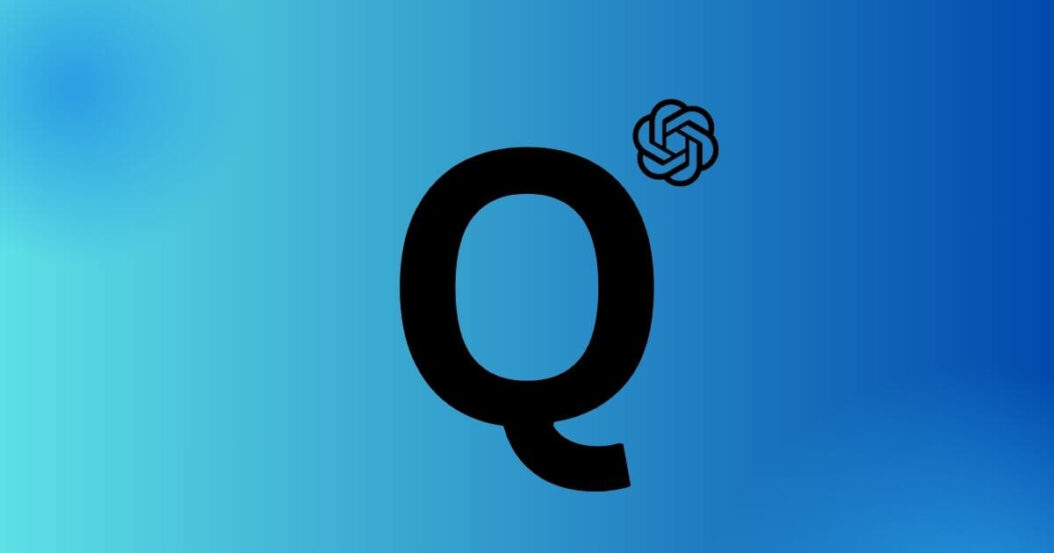OpenAI’s new Q* project has been making waves ever since its limited private release in 2023. Representing a significant evolution of language AI, Q* aims to be safe, helpful, honest, and harmless. But what exactly is Project Q, and why is it so groundbreaking? This article will explore everything you need to know about Q-Star (S, A).
What Is Project Q*?
Put simply, Project Q* is OpenAI‘s attempt to build an AI system that is beneficial to humanity. It focuses on algorithmicsafety, helpfulness, honesty, and harmlessness. The * represents OpenAI’s intent to iterate and improve Q over time. So Q* is not a single system or product. Rather, it represents OpenAI’s research agenda into developing advanced AI that integrates safety throughout the machine learning process. The goal is to create AI that is not only capable, but also aligned with human values.
Key Capabilities of Q Star Systems
Some of the key capabilities that Q systems aim to have include:
- Natural language processing – To enable fluid conversations and interpret complex instructions.
- Reasoning & planning – To consider different perspectives and make logical plans.
- Creativity – To provide useful suggestions and insights beyond what’s been seen before.
- Social intelligence – To recognize and respond appropriately to emotional and interpersonal dynamics.
- Self-supervision – To learn from public and private datasets without explicit human labeling.
- Robustness – To handle unfamiliar situations gracefully and know the limits of its knowledge.
How Is Project Q* Different From Other AI Assistants?
What sets Q* apart is its focus on safety in addition to pure capability. Most AI projects focus solely on performance metrics. But OpenAI is attempting to build safety into the AI’s core.

Safety By Design
Project Q- Star incorporates various techniques like conservative modeling, hierarchical control, and enhanced oversight to maximize safety:
- Conservative modeling means the AI behaves more cautiously instead of attempting to exploit opportunities.
- Hierarchical control enables humans to adjust behavior at multiple levels, from fine-tuning model outputs to imposing hard constraints.
- Enhanced oversight provides transparency into the AI’s limitations, uncertainties, and reasoning.
Human values are also incorporated throughout the development process via techniques like debate modeling, intent modeling, and advanced reward learning.
Helpful, Honest, & Harmless
OpenAI Q* focuses on assisted intelligence, not autonomous intelligence. The goal is for AI to provide significant help to users while also being:
- Helpful – Answering questions accurately, providing useful recommendations, and pointing out important considerations.
- Honest – Representing its actual capabilities and limitations accurately.
- Harmless – Avoiding harmful, unethical, dangerous or illegal behavior.
The Quest For Beneficial AI
The overarching goal with Q* is to create beneficial AI – AI that integrates safety early in development and retains it even as systems become more advanced and autonomous.
OpenAI believes beneficial AI is essential for avoiding pitfalls like:
- Systems that are capable but indifferent to human values.
- Systems that are helpful for one purpose but harmful for other purposes.
- Systems that resist meaningful oversight.
- Systems that ignore or override shutdown commands.
Only by tackling the AI safety problem directly can we develop AI that remains safe, helpful, honest and harmless over the long term.
Iterative Development Process
Given the immense difficulty of the safety challenges, OpenAI does not expect to fully solve beneficial AI with the initial Q release. Instead, Q represents the beginning of an ongoing, iterative process – starting from today’s limited systems and incrementally scaling capabilities while retaining safety guarantees. Each future iteration of Q will build on the previous version’s strengths while aiming to address its weaknesses.
Over time, Q* has the potential to transform how AI systems are built – integrating safety so deeply that it shapes core behaviors rather than just guardrails around a fixed system.
Current State of Project Q*
As of late 2023, OpenAI has conducted limited testing of prototype Q* agents focused on natural language tasks. The capabilities remain narrow but offer a hint at Q’s potential.
Going forward into 2024, OpenAI plans to expand tests for internal research purposes. However, widespread access is still likely years away given the preliminary state of the research.
Applications of Project Q
Once developed further, Q systems have almost endless applications across industries. Early uses would focus on lower-risk applications of language AI like:
- Customer service chatbots
- Research assistance
- Content generation
But the capabilities could expand to autonomous AI across sectors like:
- Personal assistants
- Education
- Finance
- Transportation
- Manufacturing
- Healthcare
Nearly any industry stands to benefit from AI that automates tasks while retaining meaningful human oversight.
Technical Details on Project Q*
Under the hood, Project Q utilizes cutting-edge machine learning methods like transfer learning, reinforcement learning, and natural language models.
Transfer Learning
Transfer learning allows AI models to build on existing knowledge instead of learning tasks from scratch. Q leverages powerful models like GPT-3 as a baseline.
Reinforcement Learning
Reinforcement learning optimizes AI behavior to maximize rewards through trial-and-error. This allows fine-tuning models for safety and objective alignment.
Language Models
Combining these techniques allows Project Q to stand on the shoulders of previous AI achievements while focusing research efforts on the safety challenges.
Criticisms and Concerns Around Project Q*
Despite its ambitious goals, Project Q is not without skeptics. Critics have raised several concerns about the project:
- Is safety really the priority? Some believe capability remains the foremost goal with safety only secondary.
- Can we ever achieve true AI safety? Critics argue pursuing open-ended AI with any level of autonomy will inevitably lead to existential catastrophe.
- Does this consolidate too much power? Allowing a single company to dominate language AI concentrates immense influence into private hands.
- What about the environmental impact? The computational power required for advanced AI carries sustainability consequences we must consider.
OpenAI takes these concerns seriously. Only through open and transparent discussion around Project Q can we develop AI that helps all of humanity.
The Road Ahead
Realizing the full vision of beneficial AI remains an immense challenge. Project Q represents the beginning rather than the conclusion of this effort. Going forward, OpenAI plans to work cooperatively across institutional boundaries to develop safety standards and best practices around building advanced AI. No single firm, lab, or nation can address a challenge with such sweeping societal impacts in isolation. But by working together responsibly, we can build an AI-powered future we all wish to see.
Conclusion
Project Q* represents OpenAI’s groundbreaking agenda for developing AI systems like chatbots that think before they speak. By focusing on safety, oversight, and human alignment from day one rather than just pure capability, Q aims to minimize risks while maximizing benefits to society.
There remain open questions around Q’s specific direction and release timeline. But its emphasis on AI safety over reckless profiteering shows that beneficial, ethical artificial general intelligence may be within reach. Through responsible, incremental progress, we could one day achieve an AI that dutifully and transparently helps humanity the way an assistant helps their boss – sticking within reasonable, defined constraints rather than pursuing its own objectives.
FAQs
Q: What is the main goal of Project Q*?
A: The main goal is to develop advanced AI systems like chatbots that are not only functionally capable, but also beneficial – integrating safety, oversight, and human compatibility from the start.
Q: Who is currently able to access Project Q*?
A: As of late 2023, access is extremely limited. OpenAI researchers have conducted small private tests. OpenAI plans wider access in tiers based on safety levels, but public access likely remains years away.
Q: What technique does Project Q* leverage for safety?
A: Q incorporates multiple techniques like conservative modeling, hierarchical control structures, and enhanced transparency to prioritize safety alongside capability. The goal is beneficial AI.
Q: Does Project Q* aim to develop artificial general intelligence (AGI)?
A: Not specifically AGI, but Q systems will become increasingly autonomous. However, OpenAI claims human oversight will remain essential for the foreseeable future rather than full AGI.
Q: What are some concerns and criticisms around Project Q*?
A: Critics question if safety is truly the priority over profits or capability. Others argue highly autonomous AI will never be safe. There are also concerns around consolidated power and environmental impacts of advanced AI systems.
- What is One Challenge in Ensuring Fairness in Generative AI: The Hidden Bias Problem - August 15, 2025
- How Small Language Models Are the Future of Agentic AI - August 15, 2025
- What Are the Four Core Characteristics of an AI Agent? - August 15, 2025

